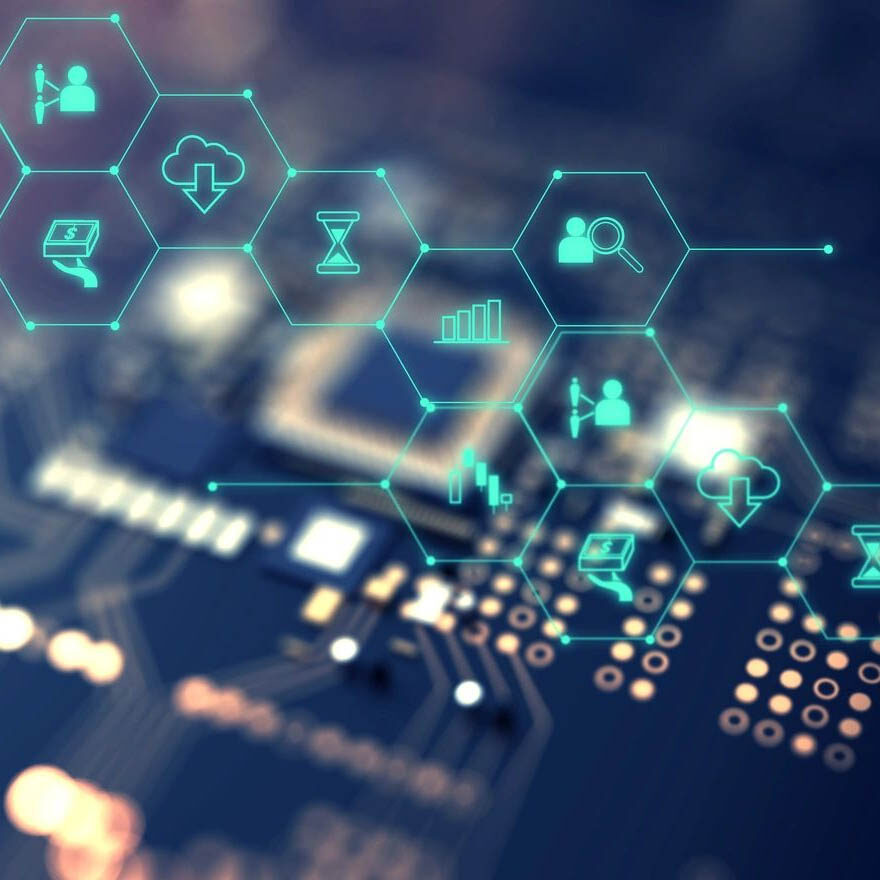A Simple SSD Comparison to HDD
Understanding what makes an SSD different than an HDD is vital for any VAR hoping to sell SSDs to their clients. So here is a short breakdown of what makes SSDs different – and better.
How they work: A SSD is basically a package of memory chips; typically the same ones as are used in common flash memory cards. This means that SSDs have no moving parts, and they do not require any power to retain data on the chips once it has been recorded there.
One benefit of SSDs: Data fragmentation is not an issue. It doesn’t matter if data from a single file are stored side-by-side or in different locations.
The reason: Unlike an HDD, an SSD doesn’t have lots of moving parts that have to get from one area of its storage to another to retrieve data. It’s all done electronically. There is some ‘seek time’ expended, but it is some minimal as to be unnoticeable.
An HDD is a complex machine that contains multiple magnetically coated disks (platters), which spin for data access and recording. Data is either recorded to or read from the spinning platters using ‘drive heads’, which are mounted on moving arms.
The need to spin the platters and move the arms to access data is what accounts for HDD’s slow speed compared to SSDs. It is also why HDDs generate heat and need for cooling, and make noise due to all these parts being in motion.
The need for spinning and moving parts really becomes a problem when a file is fragmented on the HDD; that is, parts of it are stored in different locations on the platters. The drive has to physically search for and then read these sections, which takes time when all these moving parts are involved.
These fundamental differences explain why you can replace an older computer’s HDD with an SSD, and see remarkably improved performance. This improvement is a direct result of the SSD not spending the same amount of time as an HDD when it comes to accessing and recording data.
This is also why computers equipped with SSDs multitask better than those with HDDs. They take less time to do the same jobs.
There are other reasons why SSDs look better than HDDs when you compare them.
First is robustness: Imagine dropping a solid state digital display watch on the floor. Then imagine taking one of those expensive windup clocks in a clear glass dome, and dropping it. Smash!
In this comparison, the SDD is the solid state watch. The HDD is the glass-domed windup clock. The first doesn’t have the parts to misalign and break; the second does. (Even without the glass done.)
Second is reliability: Lacking moving parts, SSDs have a lot less to fail than HDDs do. This doesn’t mean SSDs don’t wear out. They do, because the number of read/write cycles are not infinite. Nevertheless, having no moving parts makes an SSD less vulnerable to failure, because there is less that can fail.
Third is power consumption: SSDs use up to ten times less power than HDDs. This can be a big plus when SSDs are installed in battery-powered devices such as laptop computers. Reduced power consumption can make a real difference when an employee is off-site, and not able to plug in their laptop to keep it running; especially if the laptop is older and has batteries that are not longer taking a 100% charge.
Put everything together, and SSDs are just plain better than HDDs — hands down. This doesn’t just mean in terms of performance, but long-term value. This is because the time savings offered by SSDs add up for businesses in improved productivity and better employee morale.

